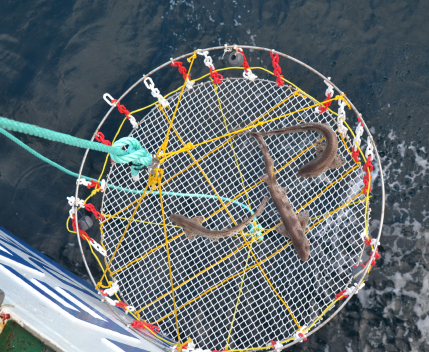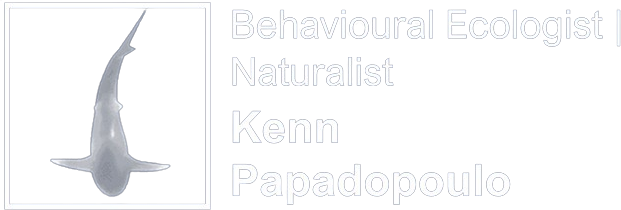News

-- Sep 18, 2023
End of the 2023 DESCARCEL campaign, with 20 cat sharks and 18 thornback skates tagged.
The research cruise #descarsel0923, which took place from September 4th to September 14th, 2023, aboard the research vessel Miguel Oliver, marked a significant step forward in our understanding of coastal elasmobranchs. As part of the scientific crew, our primary objective was to electronically tag individuals of various elasmobranch species and collect biological samples for genetic and isotopic analysis, all in the context of the CONECTEE and MOVE research projects.
During the cruise, we successfully tagged 40 individuals, including Raja clavata and Scyliorhinus canicula, with acoustic transmitters. Additionally, we collected over 500 biological samples from different species of coastal elasmobranchs. These efforts contribute valuable data to ongoing research initiatives and provide insights into the movements and behaviours of these species within their marine habitats.

Now begins the waiting period as we anticipate whether the tagged individuals will report any detections in our acoustic array over the coming months, as part of the Galician Tracking Network. This phase of the research will shed light on the spatial dynamics and habitat utilization of elasmobranch populations, helping to inform conservation and management strategies.
Beyond the scientific objectives, research cruises offer a unique opportunity to immerse oneself in the beauty of marine life. From encounters with marine mammals to sightings of seabirds and breathtaking sunsets, these experiences serve as a reminder of the intrinsic value of our oceans and the importance of preserving their ecosystems for future generations.









